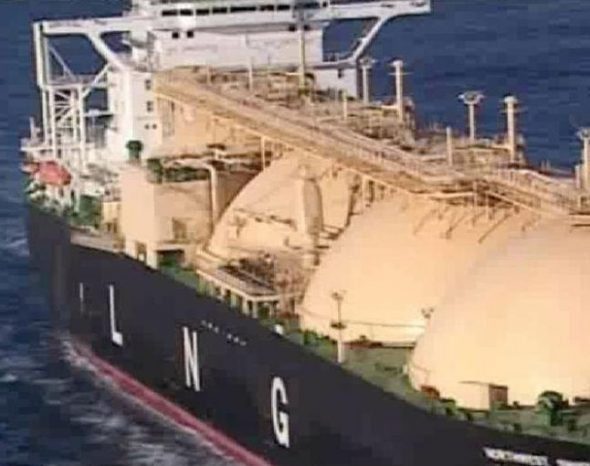The full report by leading engineering consultants Worley Parsons confirms its previous findings that coal seam gas exported to China is not necessarily less emissions intensive than coal, and could be significantly worse if best practice is not observed.
The report, prepared by Professor Paul Hardisty, the global director, Sustainability and EcoNomicsm for WorleyParsons, also questions the assumption that LNG exports to China will displace coal generation capacity, noting it is more likely to be used to add capacity rather than act as a subsitute.
The two key graphs are published below. It shows the range and comparisons with key coal technologies. CSG exported as LNG compares best with sub-critical coal plants in China, but these are not being built any more and are being replaced by supercritical and ultrasupercritical coal. The Worley Parsons report notes that unless best practice procedures are used when extracting the gas from the ground, the life cycle emissions are no cleaner than coal.
 The report said that “a worst case fugitive emissions scenario” for CSG-LNG, based on the latest data from the US which shows up to 4.38% fugitive emissions, and using latest estimates of the 20 year GWP, “shows that if best practice is not applied in Australia’s emerging CSG industry, life- cycle GHG footprint becomes similar to or in some cases worse than black coal.”
The report said that “a worst case fugitive emissions scenario” for CSG-LNG, based on the latest data from the US which shows up to 4.38% fugitive emissions, and using latest estimates of the 20 year GWP, “shows that if best practice is not applied in Australia’s emerging CSG industry, life- cycle GHG footprint becomes similar to or in some cases worse than black coal.”
And it added: “When exported to China for electricity production, conventional LNG was found to be 22-36 times more GHG intensive than wind and concentrated solar thermal power and 13-21 times more GHG intensive than nuclear power.”
“The implications for regulators and the emerging Australian CSG industry are that best practice applied to design, construction and operation of projects can significantly reduce emissions, lower financial liabilities under the carbon tax, and help make CSG a less GHG-intensive fuel option.”
Beyond Zero Emissions said the report underscored the need for independent measurement and monitoring of fugitive emissions because underestimated the amount of “venting” of gases and it was likely that the 4.38 per cent reported from the US was at the bottom end of estimates. It pointed to reports from the US Department of Energy that showed fugitive emissions of up to 15 per cent.
Failing to properly account for these emissions would allow companies to potentially avoid hundreds of millions of dollars through carbon liabilities that would be need to be paid if emissions were properly measured.








